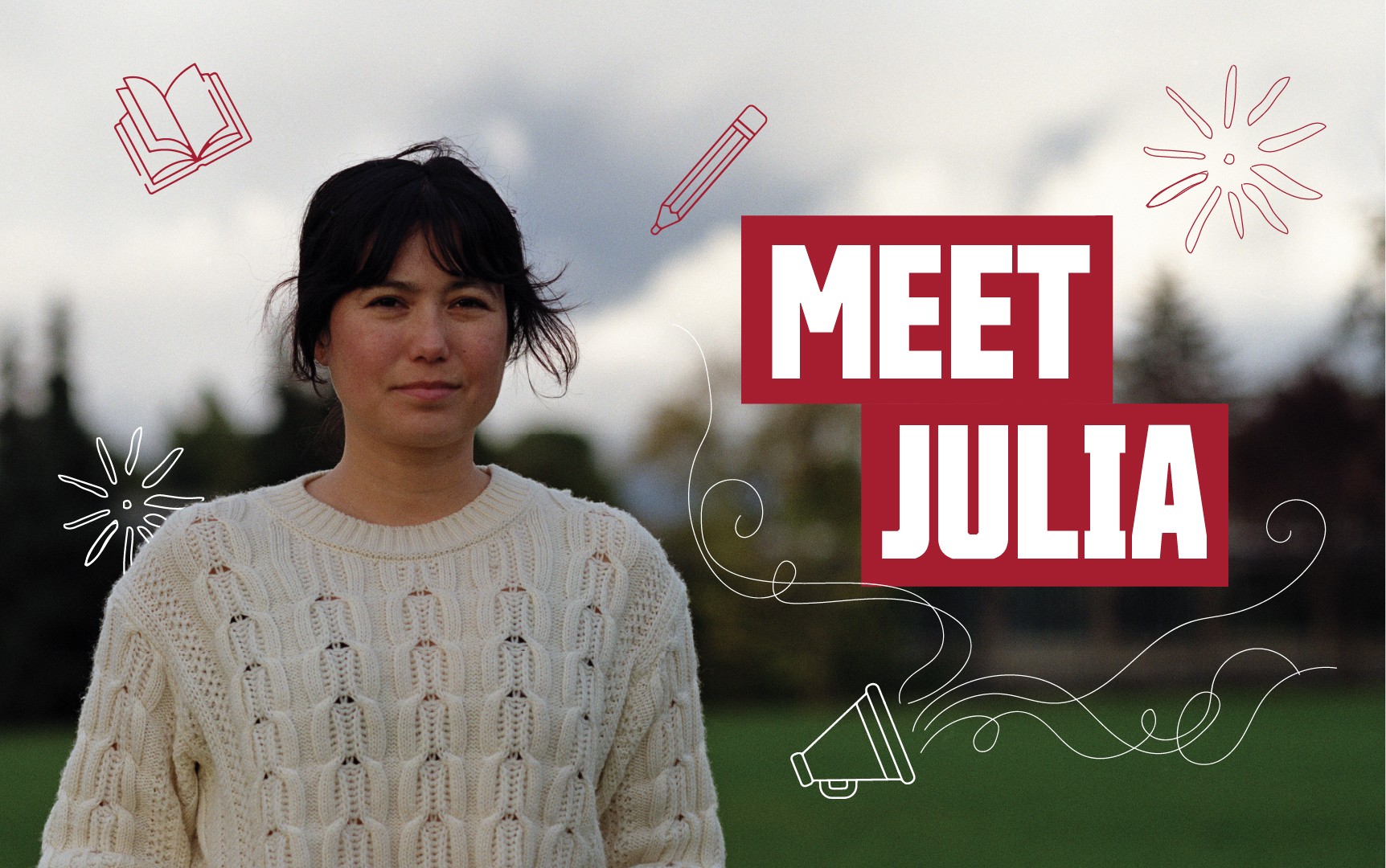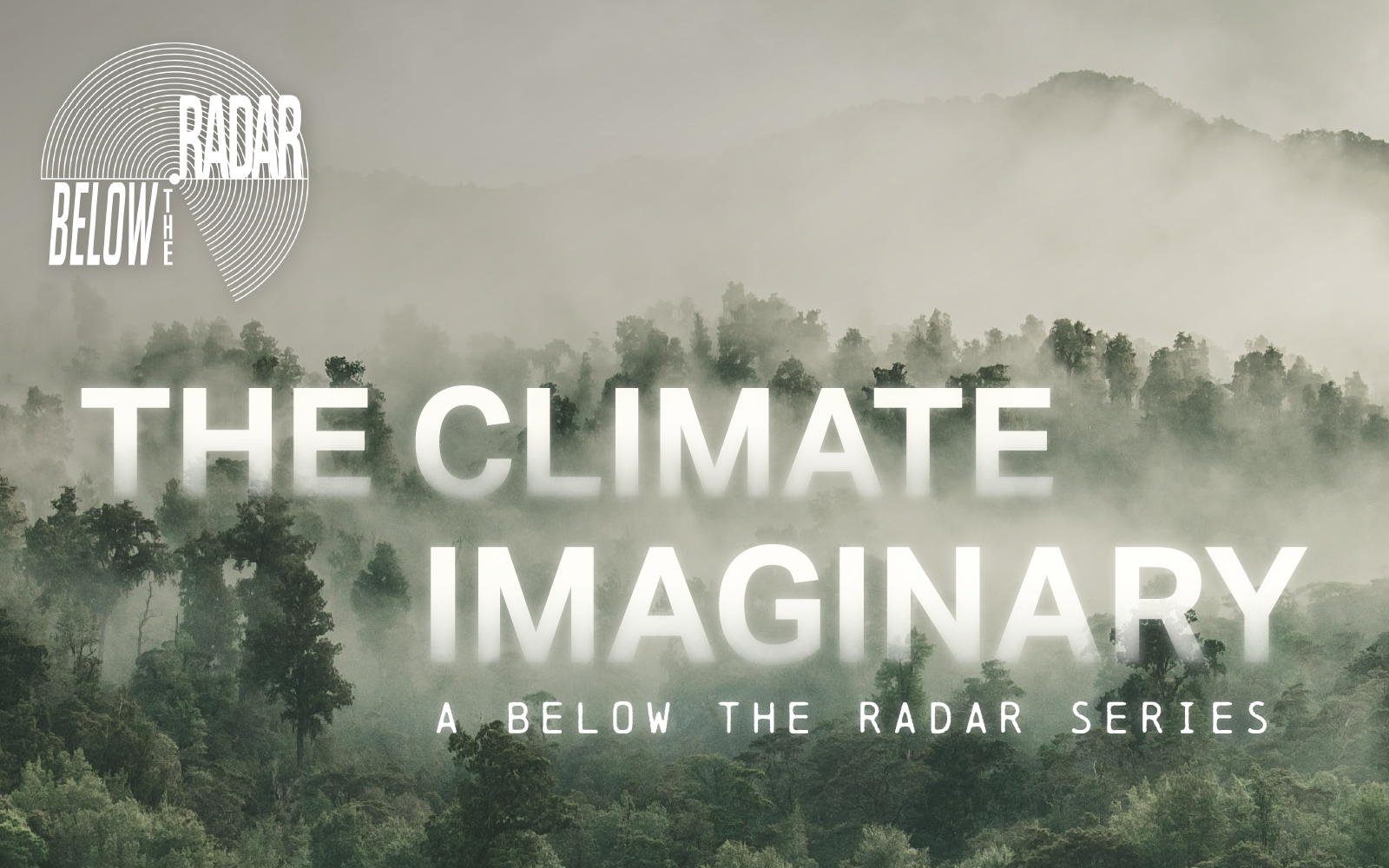Article, Urban Issues, Video
Bob Williams on Surrey, “building and designing a city that is dynamite”
Surrey has been a rapidly-expanding ‘up-and-comer’ in Metro Vancouver for quite some time — and former city planner Bob Williams claims the future of our province lies south of the Fraser
Williams is the recipient of a 2017 honorary degree from SFU — Doctor of Laws, honoris causa — conferred by the Faculty of Education and the Faculty of Environment.
In his upcoming talk at SFU, Williams will explain “Why Surrey is the Future of BC,” this Wednesday, October 4. All are welcome to join this free public discussion on the incredible potential of the region, and the opportunities and challenges it faces. Find event details here.
In an interview with SFU’s Vancity Office of Community Engagement, Williams called out the urban elitism that has painted Surrey as a lesser suburb, arguing that the area has been historically under-rated.
“Surrey has always been kind of looked down on by some of us urban snobs here in Vancouver, and it’s filled a gap for us in the region in countless ways,” said Williams.
SURREY: THE HISTORICAL ANSWER TO VANCOUVER’S PROBLEMS
Williams pointed to past instances where the area and its surrounding suburbs have provided much needed solutions to urgent social crises, such as a lack of housing and employment for the returning veterans of WWII.
The east side of Vancouver — where Williams grew up — was quickly developed with wartime housing, yet when his father returned from the war, there was a shortage of housing for veterans. “It was a housing crisis, not unlike the one we have right now,” he added.
“We are in a new crisis now, and we haven’t yet proved that we can solve it. So the neat question is then, what is the capacity in Surrey to solve this problem?”
Citing the Veterans’ Land Act of 1942, Williams explained how “a range of opportunities and new legislation were built up for the demobilized ‘military folks.’” The Act provided veterans with a choice that pushed many outwards into Vancouver’s suburbs.
“You could have a cow and a chicken and almost survive on some small acreage in North Burnaby, what they then called Lulu Island — Richmond — and North Surrey, and North Delta, and Burquitlam, and Coquitlam.”
“We showed that we had the capacity to manage the housing question on a grand scale, and we did it. And so some of that resulted in the suburbs being the pattern that they are.”
The other option for veterans was to attend university. “The working class had never readily had ease of access to the universities, but the veterans were able to get credit to go to university. So it was the biggest surge in working class evolution into the upper middle class in modern history.”
BRINGING EDUCATIONAL AND ECONOMIC GROWTH TO NORTH SURREY
So, how has Surrey come to be the contradictorily vast, but densified city we know today?
Part of Bob Williams’ long resume of urban planning and social development work includes his participation in municipal and provincial levels government, as a former Vancouver city councillor and provincial MLA and cabinet minister under Premier Dave Barrett.
“The last NDP government in the province, that I worked with, decided that Surrey deserved a central business district, and the city had wanted one for a long time. So, were were bold and foolish enough to say okay, we’ll help you.” At the time, Williams was the chair of ICBC and spearheaded the project to build City Central and what became the SFU Surrey campus.
Williams spoke to SFU’s role in changing the narrative around North Surrey. The university’s presence has contributed to developments like Innovation Boulevard and the federal funding that has been committed to a new energy systems engineering facility.
“We’ve proven that these interventions can been dramatic and effective,” Williams continued, “So, the question is what are the new interventions and can they be effective?”
MOVING FORWARD: WHAT’S IN STORE FOR SURREY?
Surrey intends on expanding its transit system with the addition of light rail. Williams felt Surrey made a smart decision to have three skytrain stations within their so-called downtown, a space that is equivalent to the distance between Main Street and Stanley Park. “If they go with light rail, there’s that chance of new density and new wealth distribution as well,” said Williams.
“There are a lot of choices and a lot of empty spaces in Surrey, and I don’t think [the City has] figured out yet how to make it more coherent.”
Aside from transportation infrastructure, there is another missing component that Williams says is key to building a Surrey where people will want to live, work, and play — that is a lack of social and recreational hubs.
“Could Surrey, which is now developing a downtown, also develop a recreational fringe on the waterfront?”
Williams offered the example of White Rock’s waterfront area as a draw for social life in Surrey and speculated on the possibility of something similar for North Surrey’s riverside spaces, without the limitations that the railway poses to accessing and developing both spaces.
“I’m intrigued by Surrey partly because they’ve been looser about their thinking about who they are.”
There are a lot of great creative opportunities in Surrey that Williams says “smart people can have fun with.”
Williams has turned his gaze to some of the undeveloped spaces around Surrey’s City Central neighbourhood, noting that Surrey has been reluctant to provide vital social services in the area.
He expressed interest in seeing a social innovation centre similar to 312 Main, one of his current projects, emerging in the area. Williams sits on the management committee for 312 Main in his capacity as chair of the Jim Green Foundation.
Addressing the difficulty of building inclusivity and equality into the plans for a highly-densified area, Williams asserts that, “Surrey, and all of these communities, have to work to make land available to more people.”
“It’s a real dilemma. That whole one mile around [Surrey’s] central business district has the poorest people in the region. It’s a strange irony of deep poverty and extreme wealth, and they’re sitting on the same piece of land.”
Williams posed the question, “How can there be a better distribution of that wealth, so that it’s a win-win situation, rather than a winner-take-all situation?”
Join us on October 4th as he discusses these questions in-depth and the trick to “building and designing a city that is dynamite.”
Co-presented by SFU’s Vancity Office of Community Engagement, SFU Urban Studies, and SFU City Program.
*UPDATE: Below is the full video of Bob Williams’ talk on October 4th.
Related Updates
-
January 10, 2024

January 10, 2024
Our Below the Radar podcast mini-series See How We Run! looked at local arts collectives and organizations, highlighting conversations about creation, spacemaking, accessibility, and self-determination within the framework of Vancouver’s cityscape.
-
July 20, 2023

July 20, 2023
On June 29, 2023, 200 people turned out for the world premiere screening of Smokey Devil: Underworld Street Reporter, a feature length documentary by Nathaniel Canuel, co-hosted by SFU’s Vancity Office of Community Engagement.
-
June 13, 2023

June 13, 2023
Released every spring, Voices of the Street (VOTS) is a compendium of writing by Megaphone community members, a space for exploration of creative expression through language.
-
March 21, 2023

March 21, 2023
We are delighted to welcome Julia Aoki as Program Manager at SFU’s Vancity Office of Community Engagement!
-
December 13, 2022

December 13, 2022
In Below the Radar’s The Climate Imaginary series we touched on disinformation, links between the arts and climate activism, and the challenges in making real environmental change.



